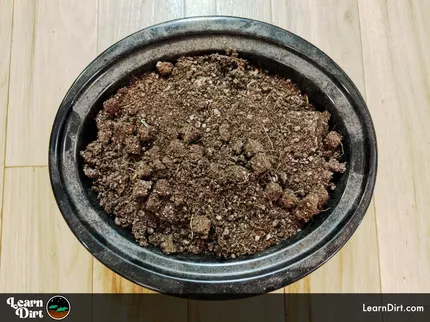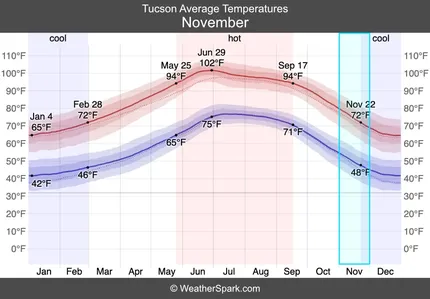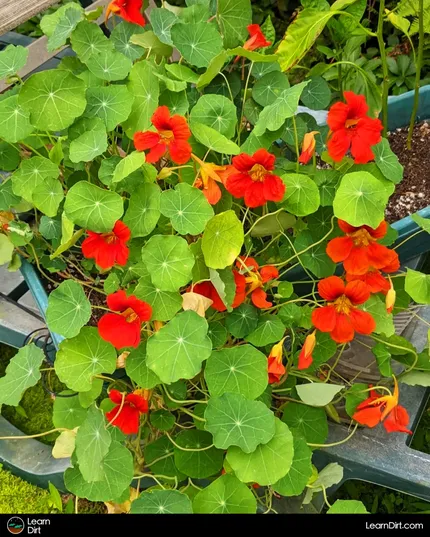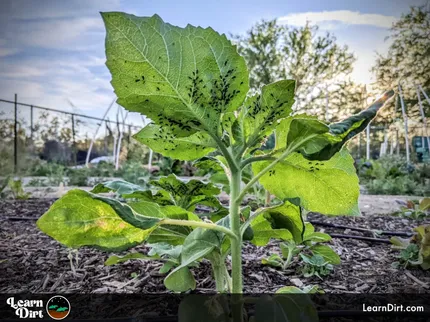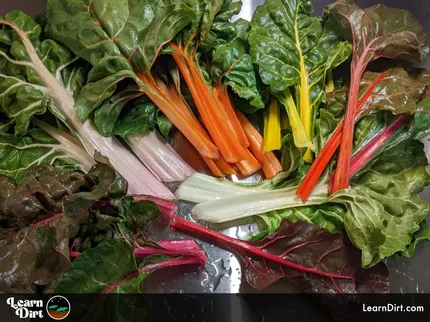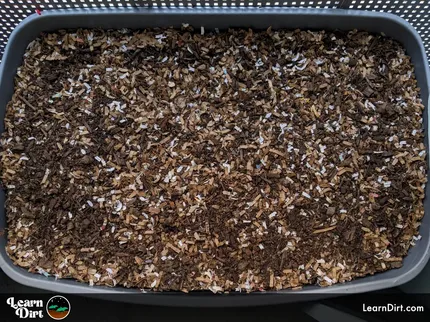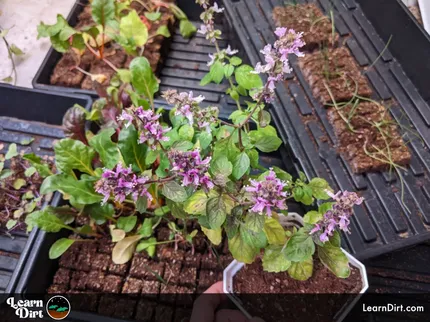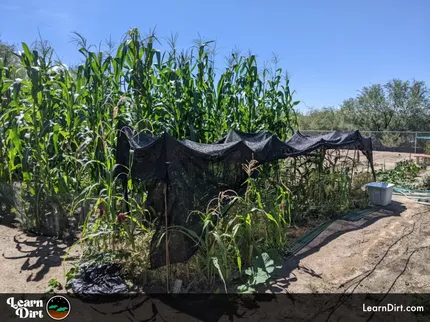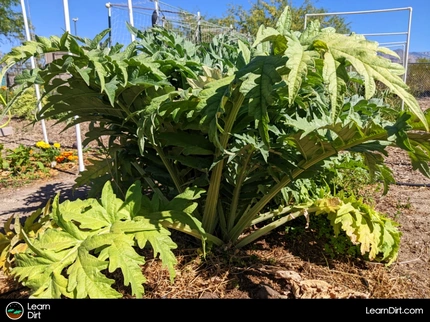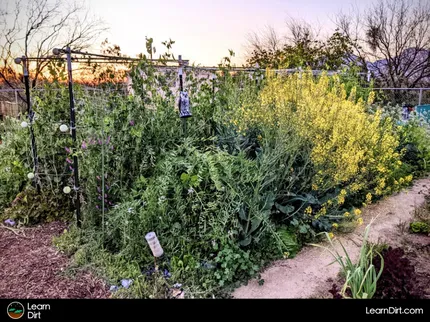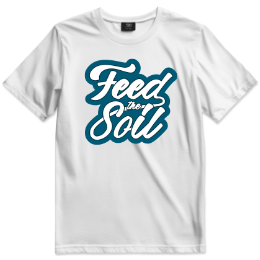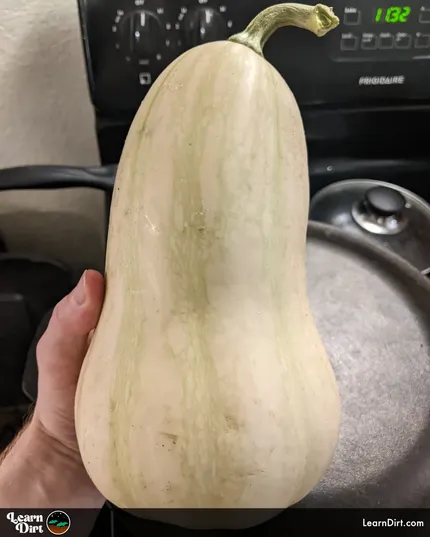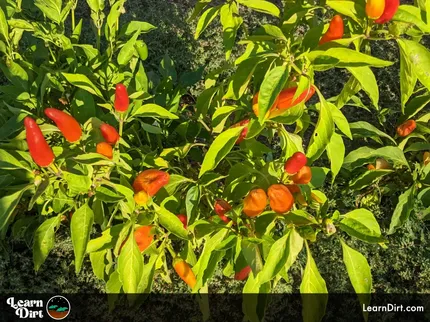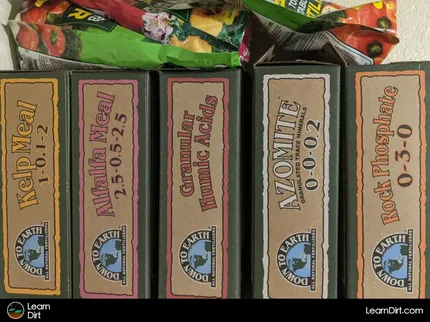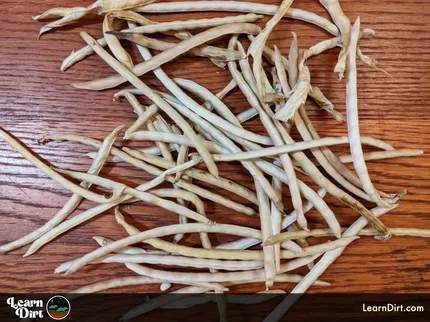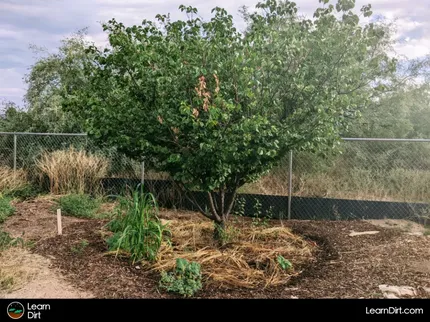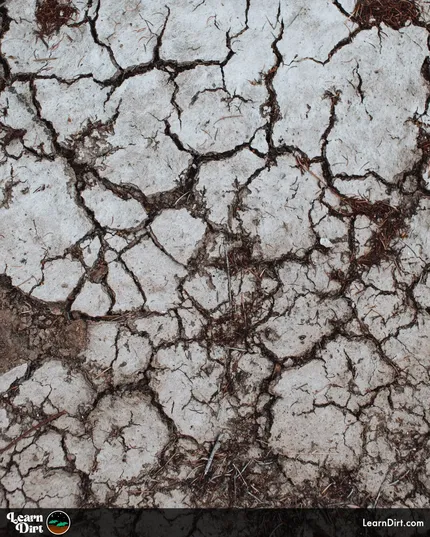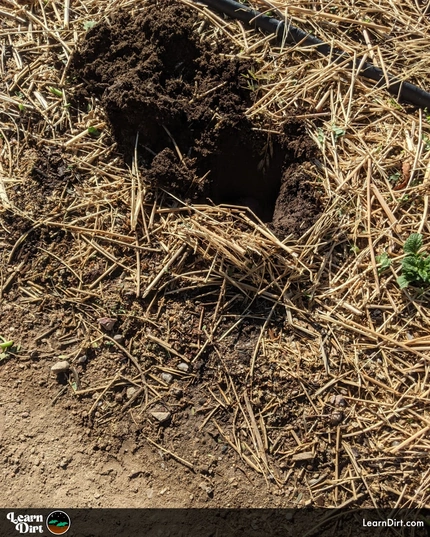Table of Contents
- Why Terminate Cover Crops?
- Will Cover Crops Terminate on Their Own?
- When to Terminate Cover Crops
- Common Cover Crop Termination Methods
- Best Termination Method for Specific Cover Crops
* Our articles never contain AI-generated slop *
So you've grown a cycle of cover crops to improve your soil and now it's time to terminate it so you can move on to your next veggie cycle!
How exactly do you terminate cover crops and add their nutrients to your soil?
Here we'll discuss all the ways that cover crops can be terminated, their efficacy in a variety of situations, as well as some methods that might work best for specific cover crops.
Disclaimer: This post may contain affiliate links. Refer to the privacy policy for more information.
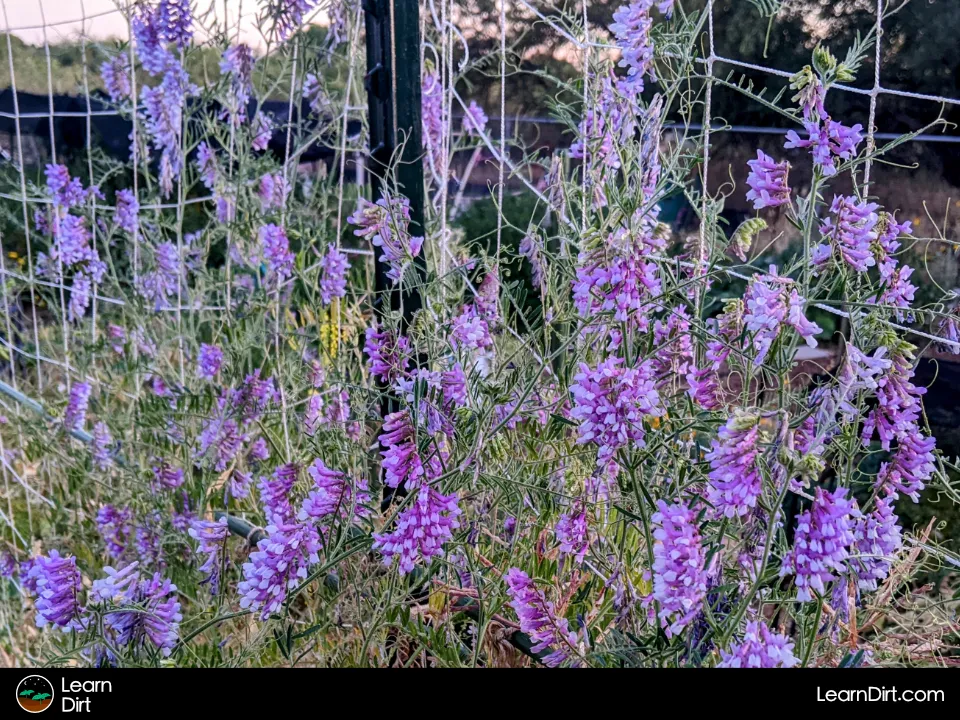
Why Terminate Cover Crops?
Cover crops are usually grown to improve soil, break up compaction, scavenge nutrients, provide forage for grazing animals, and ultimately to add more biomass back to the soil.
Once they've served their purpose, gardeners and farmers terminate cover crops in order to prevent disease, move on to their next grow cycle, and add the cover crop nutrients to the soil.
Depending on your climate, many cover crops may not naturally die off, so you might be waiting forever in order to follow them with your next veggie cycle if you don't terminate them intentionally.
Will Cover Crops Terminate on Their Own?
Whether or not cover crops will self-terminate depends on your climate and the cover species you choose.
Do your research here on each species of cover you choose, to learn about their ideal conditions and tolerances, and compare that to your average climate data.
Talk to local farmers and gardeners who have experience with utilizing cover crops in your region to better understand which ones will need to be terminated and how.
Join The Grower's Community
Find your people.
Your voice matters here 🌱
Check It Out!
Finally, experimentation is always king in agriculture and failures will teach you far more than successes. Fail quick and fail frequently if you want to learn quickly. There is no better teacher in life.
When to Terminate Cover Crops
Common Cover Crop Termination Methods
Mechanical Termination
Mowing, Weed-Wacking, or Scything
If you've got a lawn mower, a weed wacker, or a scythe, these tools are great for cutting cover crops down close to the soil level. While repeated choppings are necessary to reduce the cover crops energy, with enough persistance you can keep knocking cover crops back until they no longer have the energy needed to regrow.
Rolling or Crimping
Tilling
Tarping or Smothering
Landscaping fabric, plastic tarps, cardboard, wood, sheet metal, a thick enough layer of wood chips, or just about anything big enough and opaque can be used to 'tarp' or smother your covers.
This simply involves laying down these materials and weighing them down with rocks or bricks if need be.
Check back after a few weeks and see if your covers have fully terminated or if they need more time.
It's worth noting here that tarps and landscaping fabric may leach plastic and PFAS into the soil, so it's wise to reduce their use when and where possible. Small gardens should have an easier time relying on alternatives such as cardboard while farms will have more difficulty in breaking reliance on landscaping fabric.
Always consider what alternatives are available to you that can smother out crops without contaminating your soils.
Winter-Kill or Summer-Kill
Winter-Killing
If the cover crops you grow are sensitive to frosts or hard freezes and your climate experiences these during the cool season, you can let the frost kill them naturally.
Timing cover crops so that they've had enough time to grow before the first frost will be important for winter-killing.
Summer-Killing
While less common than winter-killing, summers in hot climates are often quite capable of terminating crops.
Natural Senescence
Grazing
If you've got livestock, grazing can be an amazing way to terminate cover crops, feed your animals, and feed the soil with their manure
Grazing animals on cover crops helps to break them down much faster, converting them from plants to poop in hours.
While plants will break down and return to the soil on their own, grazing livestock makes that process happen significantly faster.
Animals can be a cornerstone of nutrient cycling, and incorporating them into your land after cover crop & forage cycles can have a profound effect on soil fertility and ecosystem health.
Note: while chemical termination is also commonly-used for cover crops, we absolutely do not advocate for that here.
Best Termination Method for Specific Cover Crops
Grasses & Cereals
Roots & Tubers
Legumes
That's all for now, thanks for reading!
If you have any questions, comments, or would like to connect with fellow gardeners, head on over to the forum and post there.


